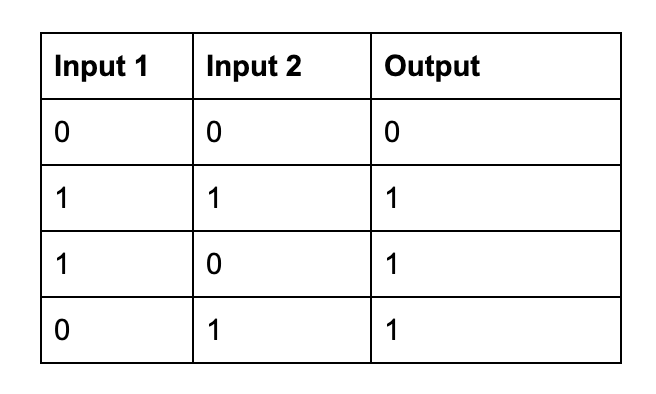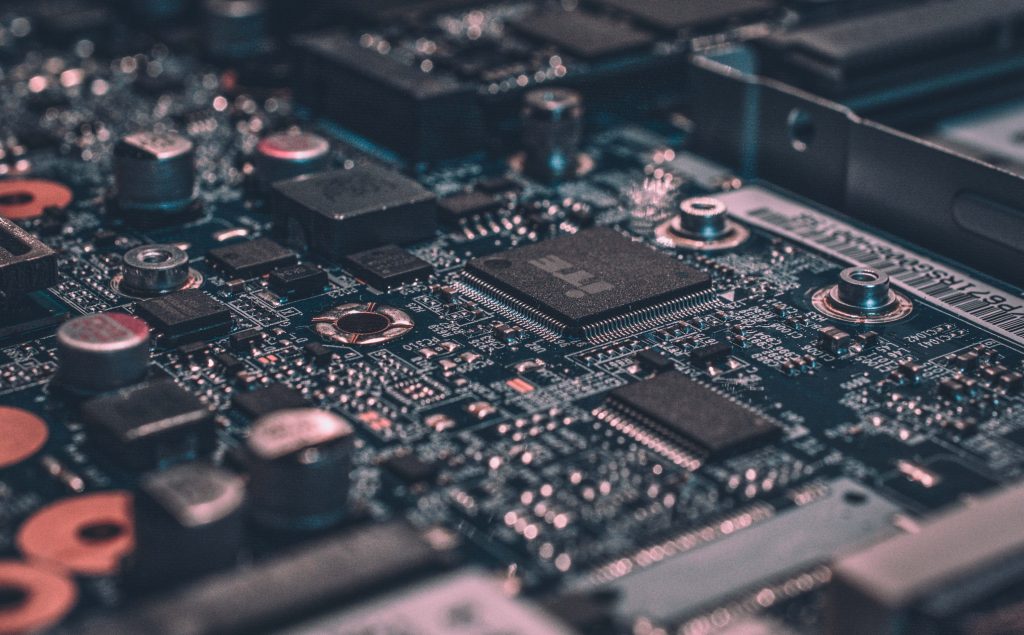This post is also available in Dutch.
There are many analogies between brains and computers. The artificial neural networks that underlie face or voice recognition are even inspired by our brains. But do the analogies also go the other way round? How do computers work and how do brains compare?
While there are good reasons to be skeptical about comparing our brains to the latest technology, an interesting comparison between the brain and computers can be made at the level of their fundamental building blocks: neurons and their synapses, and transistors. First, let’s see how computers work.
Computation in computers
Digital computers were developed around the second World War and their conception can be attributed to the synergistic work of a number of geniuses, such as Alan Turing and John von Neumann.
A computer is a machine that can carry out instructed computations.Computation is the action of calculating something, typically by a computer. Somehow those computations can add up to entire operating systems and even sports championships. The brain likely performs computations as well.

Logic circuits, logic gates and transistors
A computer contains several distinct parts that you have probably heard of, such as a processing unit (typically a CPU), random access memory (RAM), motherboard and video card. The motherboard connects the different parts. Less well-known are the logic circuits that underlie these parts, such as multiplexers (which select between multiple inputs), registers (that hold data for the processor) and computer memory (which holds data for future use).
Logic circuits are built from logic gates, which are represented in computers by transistors.
The most fundamental element of modern computers are electronic switches called transistors. Transistors are tiny — nowadays they have a width of about 15 nanometers (one billionth of a meter!!) each — and a major part of the progression in computer speed and memory can be attributed to the reduction of their size. (According to Moore’s law, the amount of transistors in a computer chip double every two years.) Computer processors can have billions of transistors in them.
Logic gates produce a “binary” signal. This means they can produce a 0 (OFF) or 1 (ON) given the input they receive. Logic gates perform operations, such as NOT (output is the opposite of a single input), AND (both inputs are either a 1 or 0) and OR (either input or both are 1).
The operations performed by logic gates can be represented in a “truth table”. The truth table for the OR gate is given below.

Logic gates perform crucial operations for computers because they allow it to comprehend different kinds of signals.
For instance, if you want to type “F” on your keyboard, assuming you already have a structure that can recognize the different keys, you need an AND operation that gives ON when you hold the “f” as well as the shift key.
Logic gates and computation in the brain
Now that we understand logic gates in computers, how do our brains perform computations?
Since the implementation of the right logic gates allows one to perform virtually any computation, it’s tempting to think that the brain does the same thing. And while brain cells, “neurons”, are way more complicated than transistors, they may still use the same mechanism as logic gates.
The brain contains about 86 billion neurons. These neurons connect to one another via synapses, and there are thousands of such connections per neuron on average! The synapses function as logic gates, in a way, because they either allow the signal to pass, or not. And if any of the synapses pass along the signal from an input neuron, the output neuron may fire, depending on the activity of other synapses and its sensitivity.
However, in the brain, these synaptic logic gates are much more dynamic and complex. They depend on, for example, the history of their activity, chemical composition of the synapse and also the activity of other brain cells, specifically astrocytes. Hence, the human brain does not implement regular logic gates, but some kind of time-dependent (dynamic) logic gates. Understanding how such logic gates might work, could lead to a better understanding of the intricate functionalities of the brain.
What the brain does that causes emotions, thoughts, sensations, etc. still remains somewhat of a mystery. However, the more we understand the basics of computation, the more we might learn about how our brains work. For now, the computational theory of mind is here to stay.
Original language: English
Author: Jeroen Uleman
Buddy: Julija Vaitonyte
Editor: Mónica Wagner
Translator: Floortje Bouwkamp
Editor Translation: Wessel Hieselaar
Featured image by Alexandre Debiève via Unsplash (license).
